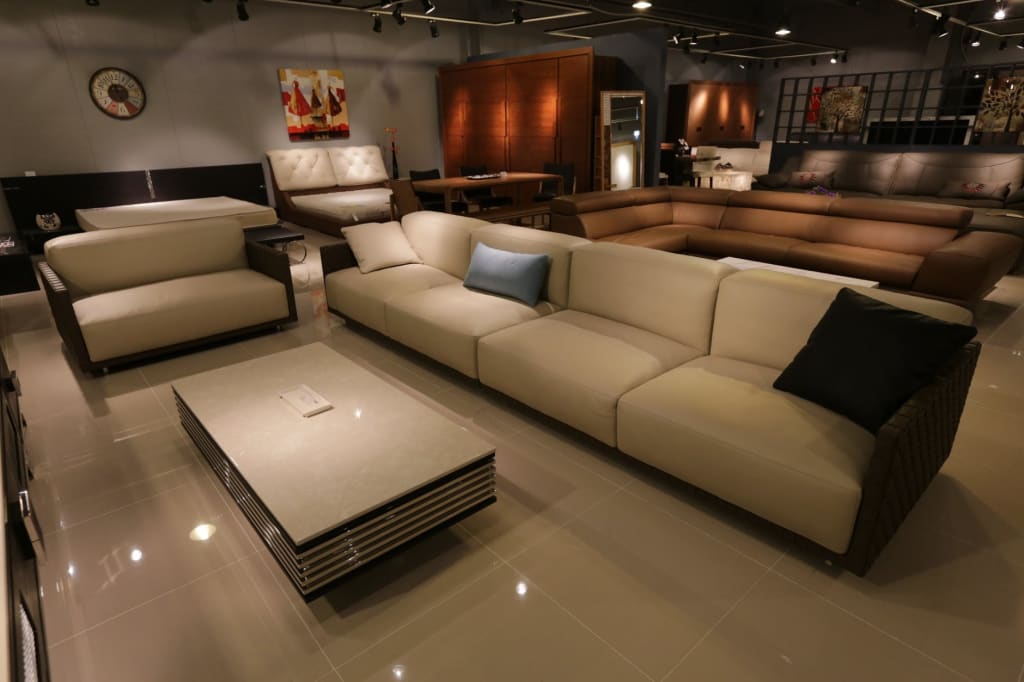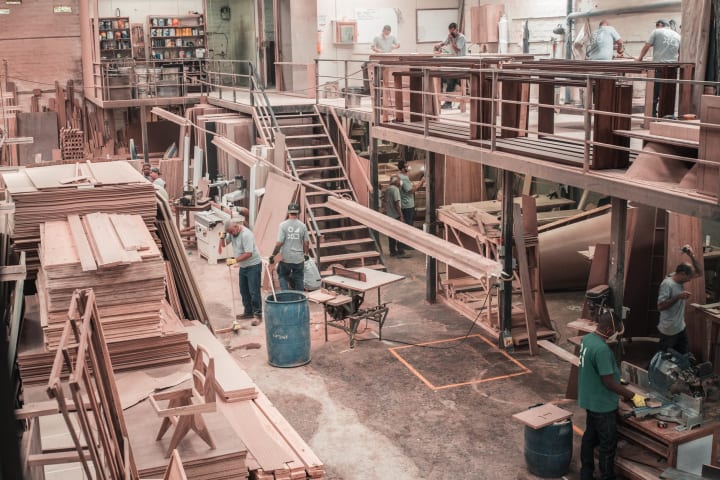Top 7 Challenges of A Furniture Store
Here are the most common challenges that all furniture stores face today, especially in the wake of the pandemic.

Running a furniture store isn’t exactly easy. It’s a delicate balance between designing good-looking artistic pieces and making sure that they are functional for a long time. Modern platforms such as OnlineCheckWriter.com automatically manage all your payment and accounting needs, so that you can target all your efforts on the growth of your furniture store.
Let’s get into the most common problems that all the furniture stores and makers face:
Adapting your Furniture Store to E-Commerce
This is perhaps the biggest challenge today for the furniture industry. You cannot explain the quality, feel, and material of your product over the internet. No matter how well you put together a description of your product, your customer might not be on the same page as you.

Secondly, from the logistics point of view, furniture is extremely hard to transport. They are heavy. Plus, assembled furniture has a lot of chances of getting damaged during transit.
On the other hand, sending a non-assembled product has a lot of complexity. The customer might break some parts. And poor assembly means it will not be as durable.
Big Players Vs. Local Furniture Stores
Ever wondered, how large corporations provide the same piece of furniture at half price? Whereas, you are operating at paper-thin margins in your furniture store.
The reason is Economies of Scale.

Big players such as IKEA order raw materials in bulk and get cheaper prices. They have also successfully converted the craftsmanship in furniture making into a manufacturing process.
The result is that IKEA is providing dining tables for as low as $49, which is impossible for the local furniture stores to offer. On top of low prices, these online furniture stores also provide free shipping and assembly.
Demand for High Quality but Low Priced Furniture
Americans want good-quality furniture that is easily affordable and accessible. But you cannot have it both ways. It is just like buying a car. If you want a premium, high-quality product, you got to pay extra for it.

Sadly, in furniture stores' case, customers are not as understanding. Thus, to meet the increasing demand for low-priced furniture, furniture stores have to compromise on quality. The rise of particle boards plastic components in furniture are proof of that.
Locally-made high-quality furniture will serve for years. But customers must be willing to put some extra dollars for that.
Increasing Popularity of Furnished Rental Homes
At present, about 36% of the U.S. population rents their homes. With large student debts and skyrocketing property prices, millennials delay their marriage and start their family.

Shared pre-furnished houses are more desirable and affordable to the young generation. This does not create any additional demand for the furniture store.
The same is also reflected in the spending behavior. While the middle-aged to retired people spend about 10% of their annual income on furniture, it was just a mere 4% for millennials.
Setting Apart your Furniture Store from Competitors
All the furniture stores offer nearly identical products. Oftentimes, quality and build are so much similar that price is the only thing that furniture store owners compete on.

To differentiate yourself, you should specialize in one product type, while simultaneously offering the other cheaper alternatives.
For instance, you might specialize in locally sourced solid hardwood furniture. Those who want sturdy hardwood furniture will know that they can get one in your furniture store. In addition, you can also educate other customers on how your furniture is better than the ready-made cheaper counterparts.
Chances are people will go for quality, not price. If they still chose to buy the cheaper ready-made version, your furniture store can provide that as well.
Limited Scope for Furniture Store Growth
Without significant investments, it is hard to expand your furniture store. Your target market is going to remain, more or less, the same

Many furniture store owners have stepped up their game by offering used furniture. There are even dedicated used furniture stores. If you can target this niche, it will help you to upscale your business.
Another area where furniture store owners are expanding their base is antiques. Antique furniture stores are quite popular. And if you know the ins and outs of the industry, antique furniture can offer great profits too.
Economic Slowdown due to Pandemic
COVID-19 has affected every other business out there. But it has made a significant dent in the furniture industry. People have postponed large purchases such as new furniture.

Moreover, due to market volatility, a lot of corporate clients have also canceled their orders. Office furniture such as computer tables and chairs are also witnessing a decline in their revenue.
All these factors mean a sluggish market for furniture store owners.
Luckily, there are various efforts to curb the economic slow-down by governments across the world. And the results of these efforts will improve the statistics of the furniture industry in the coming months.
About the Creator
Noah Williams
https://hubpages.com/@noah-williams-content
Enjoyed the story? Support the Creator.
Subscribe for free to receive all their stories in your feed. You could also pledge your support or give them a one-off tip, letting them know you appreciate their work.






Comments
There are no comments for this story
Be the first to respond and start the conversation.